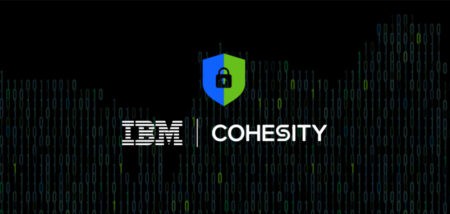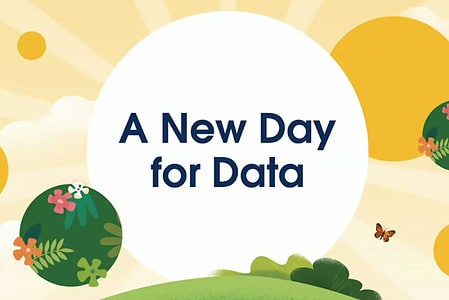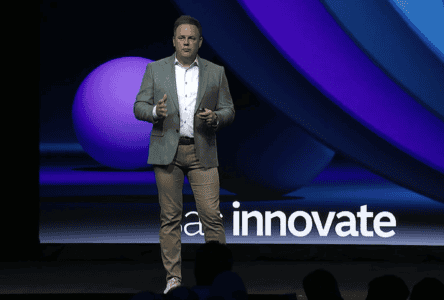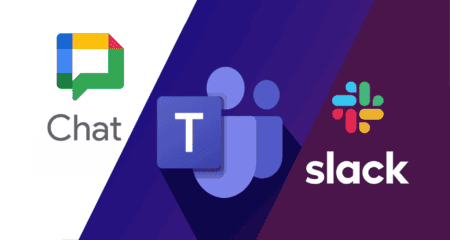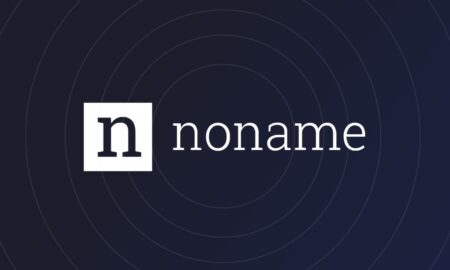Last year, Qlik Podium took over Data. At the time, little was known about what would happen to it. To this day, the product has a new name from now on and is separated from Hadoop technology. From now on, Podium Data will be called the Qlik Data Catalyst.
Last July, Qlik Podium took over Data. It was not yet known what would happen to the team and the product of Podium. Today it appears that the team remains intact and is allowed to work as a separate team within Qlik. Podium-CEO Paul Barth is now managing director of that team and bears full responsibility for it. The first result of the work of the team within Qlik is already there: a new release.
The new release
From now on, Podium Data will go out into the world under a new name: Qlik Data Catalyst. In addition, a new release of the product was immediately announced. This is version 4.0, which simply follows the previous version of Podium Data. Somehow it was also to be expected that the new name would have led to a new beginning and that this new version would be 1.0.
It’s not, but Data Catalyst 4.0 does bring more connection to Qlik. The whole is streamlined and features a new style that better suits Qlik. Data Catalyst is also better integrated with the Qlik Sense product. For example, a button has been built into Data Catalyst to visualise the dataset.
At the same time, changes have also been made to the architecture. Podium Data used to rest almost completely on Hadoop. There is still support for it, but it is no longer a requirement for Data Catalyst to work on Hadoop. Important work can now be processed locally on the Data Catalyst server. Data storage that used to run exclusively through the Hadoop Distributed File System can now also run through the server’s Linux file system or Amazon S3.
This news article was automatically translated from Dutch to give Techzine.eu a head start. All news articles after September 1, 2019 are written in native English and NOT translated. All our background stories are written in native English as well. For more information read our launch article.
